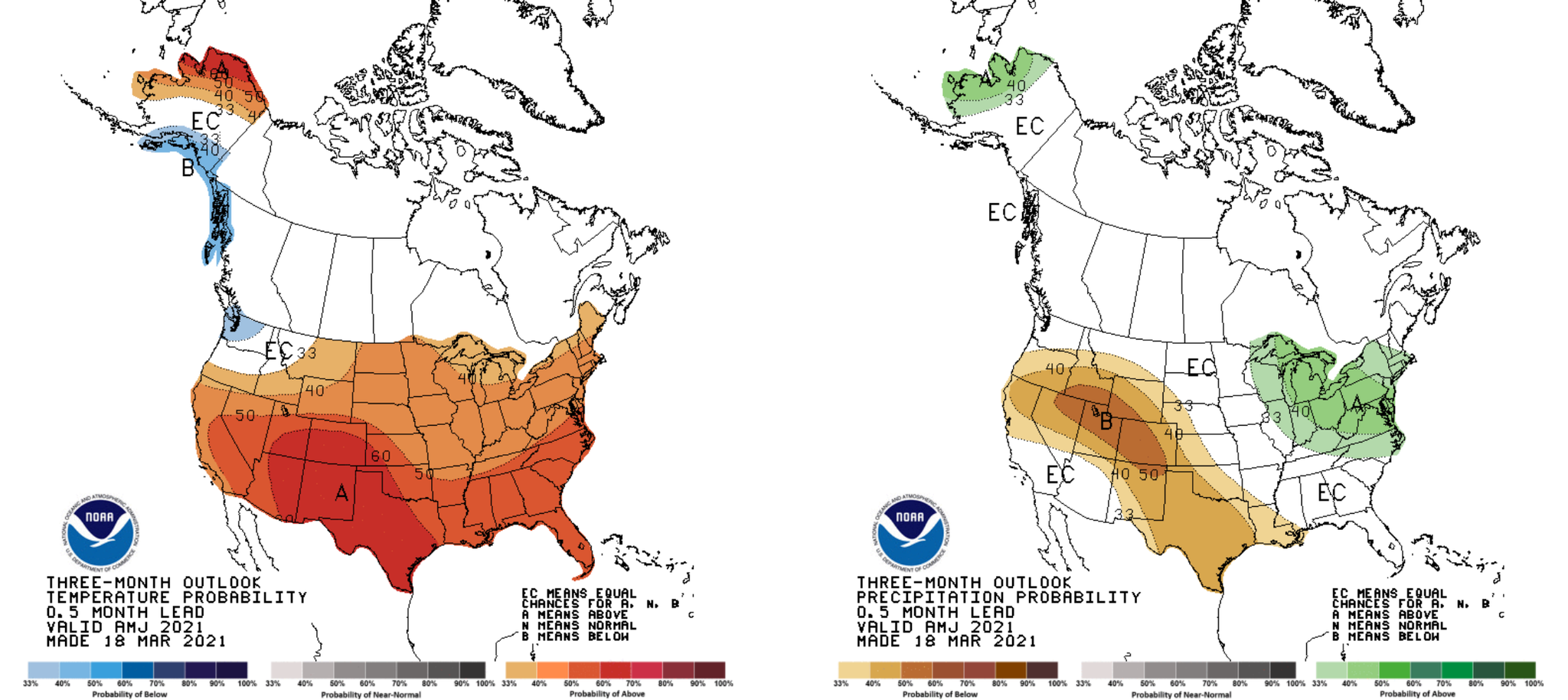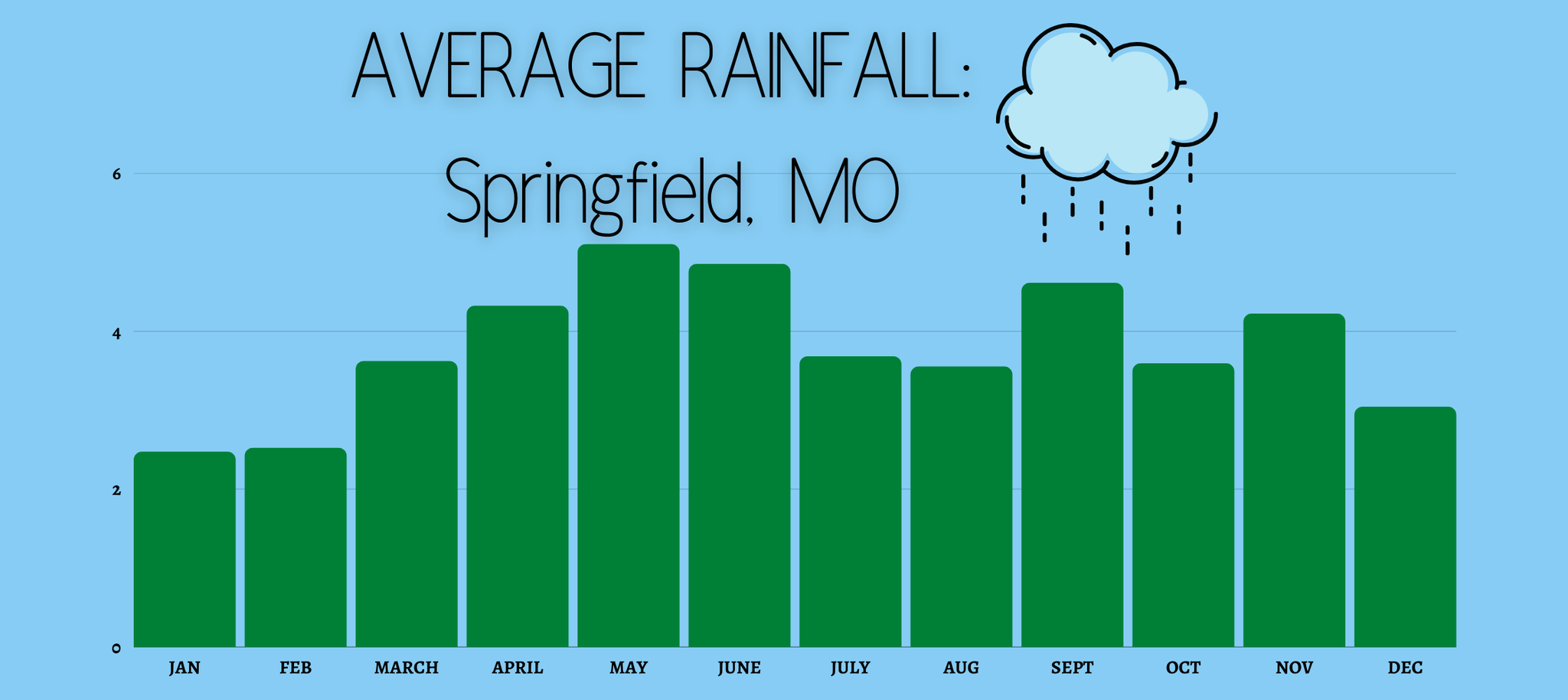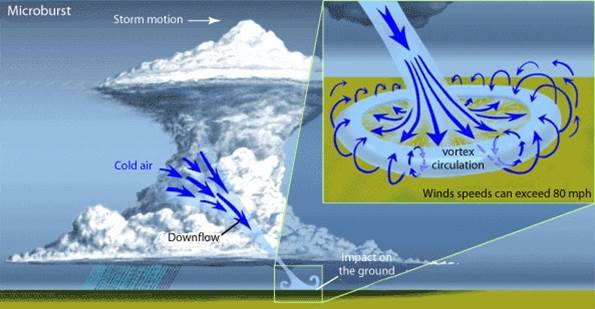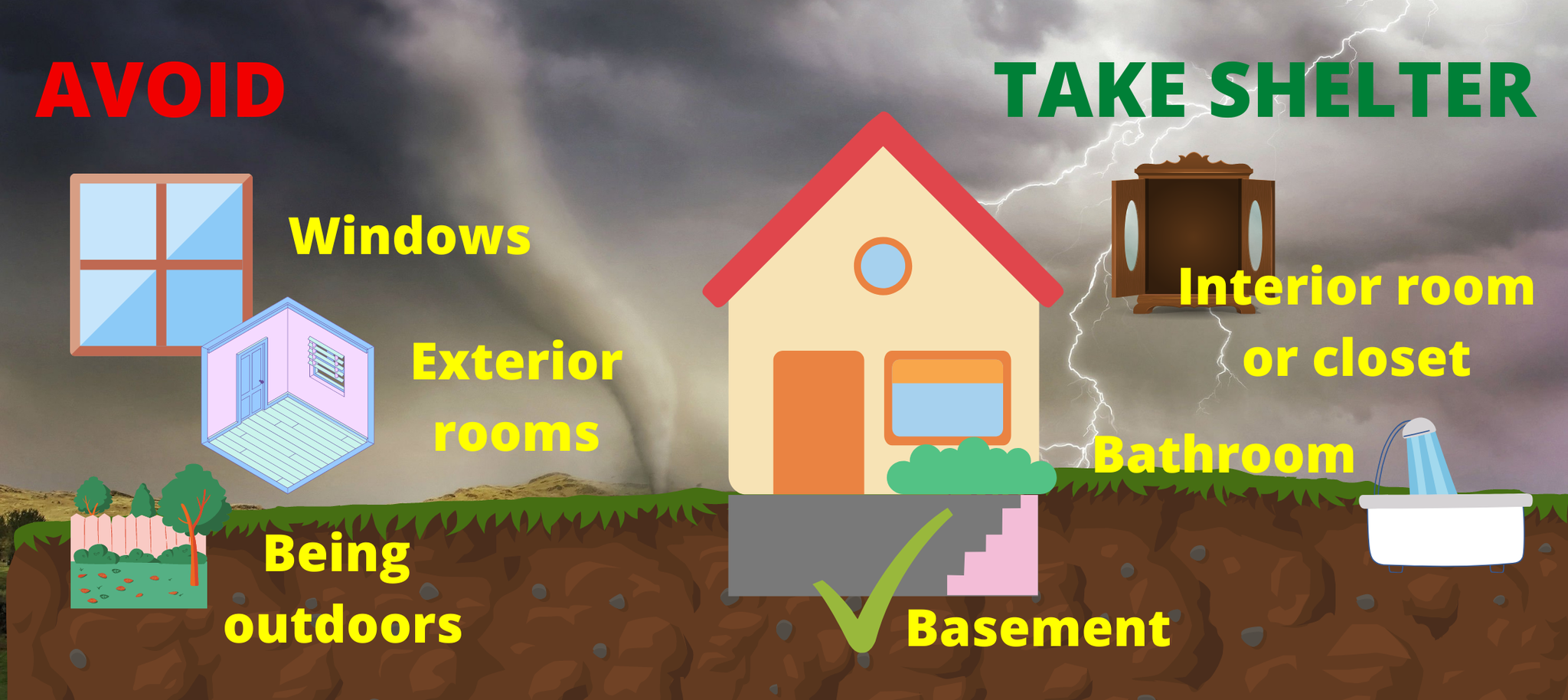Ask Away! I'll Answer pt. 9
Thanks for responding to my posts and for sending in some great questions. A lot of these questions I have covered in previous posts, so I have links to those articles embedded.
As a reminder, you can submit questions in the comment section of this post or email me directly through the website contact form. You can also send questions through any of my social media platforms. Find me @leahwx11 on Facebook, Twitter, and Instagram. If I miss your question, keep commenting on futures posts! I want ALL your questions answered.
Question - Do you think it will be a rainy or a dry season coming up??
Every month the Climate Prediction Center releases its outlooks. It just so happens their latest seasonal outlook was released yesterday, which goes along with my thinking.

First off, expect overall above-average temperatures. Rain chances? They put us in an equal chance for above-average or below-average rainfall. What does this mean? We will likely have an average rainy season. The average rainfall for April is about 4 inches. May we sit around 5 inches for average rainfall. By June our average rainfall is just under 5 inches.

You can read more on monthly climate normals by clicking HERE. You'll find a breakdown of average high and low temperatures by month and monthly precipitation averages.
Question - How much daylight do we gain this month?
Get ready for some long days! This month we are gaining daylight both on the front end with sunrises happening earlier and on the backend with later sunsets. April 1st, the sun rose at 6:58 a.m. with a 7:36 p.m. sunset. We gained about two minutes of daylight since March 31st. Now, for the next 30 days, we are going to be gaining an average of two minutes of daylight every day. By the end of the month, day length will increase by about an hour.
So on April 30th, you can expect 13 hours 42 minutes of daylight. We will keep gaining daylight until June 20th, which is the summer solstice. By the summer solstice, our day length will be up to 14 hours and 43 minutes. You can read more about the solstice by clicking HERE. In the post, I describe how the tilt of the sun causes the seasons to change.
Question - When does tornado season start?
It has already started, but we have not had many in the Ozarks yet. So while tornadoes can happen at any point of the year, tornado season officially began on March 1st. Tornados are most common March through June, with the peak occurring late April through May. Here in Missouri, we average about 45 tornadoes per season. 2020 we actually had a below-average tornado season with only 21 twisters. This year we are getting off to a slow start, but there is still plenty of time left. I have another blog post that you can read by clicking HERE where I go into detail on why this time of year produces stronger storms and tornadoes. Teaser, it is because of the sun!
Question - How is tornado season shaping up?
Tornado season is off to a slow start this year. Which is not uncommon. Tornado season does not peak until later April and May. Just to put it in perspective, we will likely have tornadoes. I tackle this question in a previous post which you can read by clicking HERE.
I just want to add a little note, a bad tornado season is relative. One tornado can alter someone's life completely, destroying their home, crops, livelihood, and for that person, it was a bad season. However, for others who unimpacted, it was not a bad season at all. Keep that in mind this severe weather season. Just because it was not bad for you, it does not mean it was not devastating for someone else.
Be prepared! We will get through it just like we have any other year.
Question - Besides size, is there any big difference between a microburst and a tornado?
Yes! While microbursts and tornadoes can cause similar damage, they are not the same thing. It is common to confuse one for the other.
A microburst develops within a thunderstorm. The thunderstorm updraft suspends large amounts of water droplets and hailstones within the higher region of the storm. Eventually, the updraft weakens and breaks down. When this happens, that core of water droplets and hail sinks to the ground, spreading out in all directions and damaging surrounding areas with strong wind gusts. These wind gusts can reach upwards of 100mph, which is the same windspeed found in strong EF-1 tornadoes. Severe Thunderstorm Warnings will be issued for storms if there is potential for a microburst.

Tornado formation is very different than microburst formation. Tornadoes are swirling columns of air caused by lifting warm, moist air and falling cooler and drier air. These together create vertical rotation. If wind shear is present, which is the change in wind speed with direction or height, then that vertical column starts to tilt into the horizontal. Eventually, we get a funnel cloud. As soon as the funnel cloud touches the ground, we have a tornado.
There are similarities between microbursts and tornadoes in that they both can produce high winds. Winds in microburst may gust upwards of 100mph, whereas tornadoes can have winds upwards of 200+ mph. Tornadoes are rated on the EF Scale based on their wind speed and damage. EF-0 is a weak tornado, and EF-5 is a deadly and strong tornado. There is no ranking scale for microbursts.
They have different damage paths with their winds. In microbursts, the winds spread out in all directions, however, tornadoes have more circular or swirl patterns in their wind and damage paths.
In terms of timing, microbursts normally just last a couple of minutes, and their damage is found generally within a 2-mile radius. If the damaged area is larger they are called Macrobursts. Tornadoes also can last from a couple of minutes to over an hour. Their damage paths are narrower and can travel more than 100 miles.
Question - Where is the safest place to go when a tornado hits?
The worst places to be during a tornado are near windows, big open rooms, overpasses, and mobile homes. If you're in a car, don't try to outrun the tornado. Find the nearest indoor shelter
While no place is 100% safe from tornadoes, there are places you can seek shelter which offer more protection.

If you have a basement, go to your basement. Find a closet or bathroom to hide.
If you don’t have a basement, then you want to find an interior room. The idea is to put as many walls between you and the outside. A closet, bathroom, or interior hallway are all options.
Hide under a sturdy structure such as a desk or a bathtub for added protection. Try to avoid being near anything glass. Bring a blanket, pillows, or mattress with you and cover yourself with them. Wear a sturdy pair of shoes and even a helmet if available. When you are in your safe place, cover your head with your hands and arms.
More on tornado safety can be found by clicking HERE.

0 Comments Add a Comment?